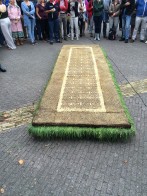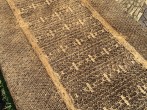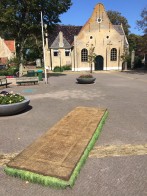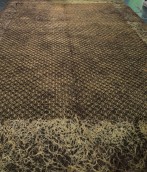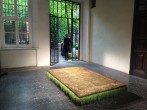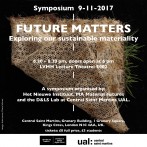

#1
9-11-2017
Exploring Our Sustainable Materiality
We live in extreme times, from mass global migration, rapidly changing ecosystems to radical shifts in the world’s superpowers, we are witnessing seismic changes in the way we live, work and survive. Our current systems for managing and tackling these changes seem outdated and unreliable. As designers it is our responsibility to look beyond the conventional and probe, question and explore how we can, should or want to shape the future.
Exploring the notion of ‘Sustainable Materiality’, Het Nieuwe Instituut and the MA Material Futures program at Central Saint Martins have invited design practitioners who not only shape and work with materials, but who are also interested in redefining our current systems of manufacture, consumption and current material culture. With sustainability at the heart of each of our invited guests’ practice, we encourage debate and discourse exploring how we, as designers, should and can address some of the challenges facing the material world.


#1
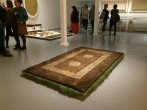

#2


#1
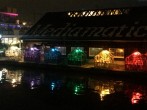

#2
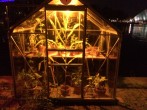

#3


#4
In collaboration with Radboud University Nijmegen.
With this botanical test I investigate how different colors of wavelengths influence the shape, taste and medicinal powers of different plants. Photosynthesis: the process in plants that turns sunlight into chemical energy. It influences the shape, structure and colour of plants and explains why fauna in the tropics is often green and plentiful and turns yellow and sparse when placed in the dark. But what would happen if they are cultivated in the light of a specific colour? Do blue-grown herb leafs look different from orange ones? And will bushes standing in yellow light hold more fruit than those from a violet world? For this project we builded six greenhouses in which different plants are grown. Each greenhouse consists of a different coloured stained window, in order to stimulate the growth of a variety of vegetables, herbs and weeds.
23 June – 30 September
Mediamatic Dijkspark 6, Amsterdam
Het werk en onderzoek is mogelijk gemaakt door het steun van het Mondriaanfonds.
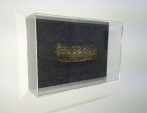

#1


#2
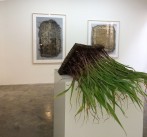

#3
Anne Geene, Arjan de Nooy & Diana Scherer
with introduction by Kees Moeliker, director of the Natuurhistorisch Museum Rotterdam.
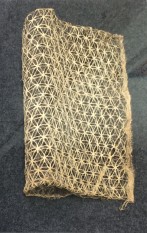

#1
Interview met Sjoerd Knibbeler en Diana Scherer over de expositie
http://fotodok.org/tentoonstelling/3-maart-tm-23-april-2017-reinventing-nature/
Fotodok Utrecht 03.02.2017
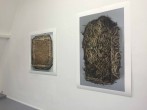

#1
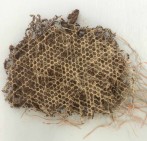

#2
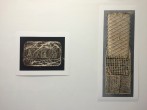

#3
http://fotodok.org/tentoonstelling/3-maart-tm-23-april-2017-reinventing-nature/
(Re)Inventing Nature examines the changing relationship between humans, nature and technology, and will be on display in Utrecht from 3 March to 23 April. The exhibition features work by international photographers including Illka Halso (FI), Sjoerd Knibbeler (NL), Drew Nikonowicz (US), Reiner Riedler (AT) and Diana Scherer (NL).
The line between nature and technology is becoming increasingly blurred: vision and hearing can be restored thanks to brain implants; robots keep lonely seniors company; and beloved family pets can be cloned before they die. At the same time, all this technology seems to be distancing us from nature. What if we stopped seeing technology as the cause of our problems and started looking to it for solutions?
In (Re)Inventing Nature, photographers and image makers explore new relationships with nature. The exhibition also looks at the scientific search for future-proof solutions and alternative ways of experiencing nature such as video games and virtual reality. An increasing part of our life takes place in the virtual world. Screens, simulations and digital versions of reality are everywhere: in our work, leisure and social lives. What impact do these worlds have on our perception of the physical world?
3 March 2017
FOTODOK, Lange Nieuwstraat 7; Utrecht

